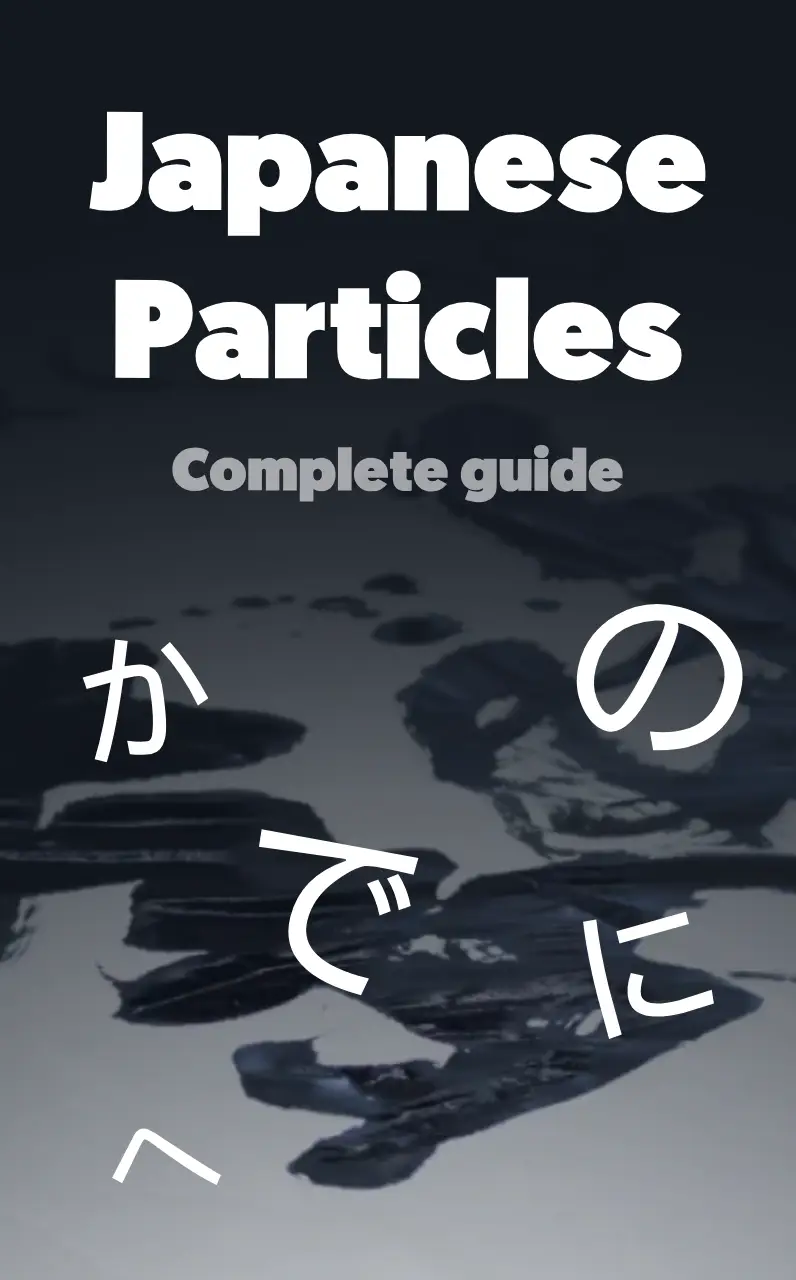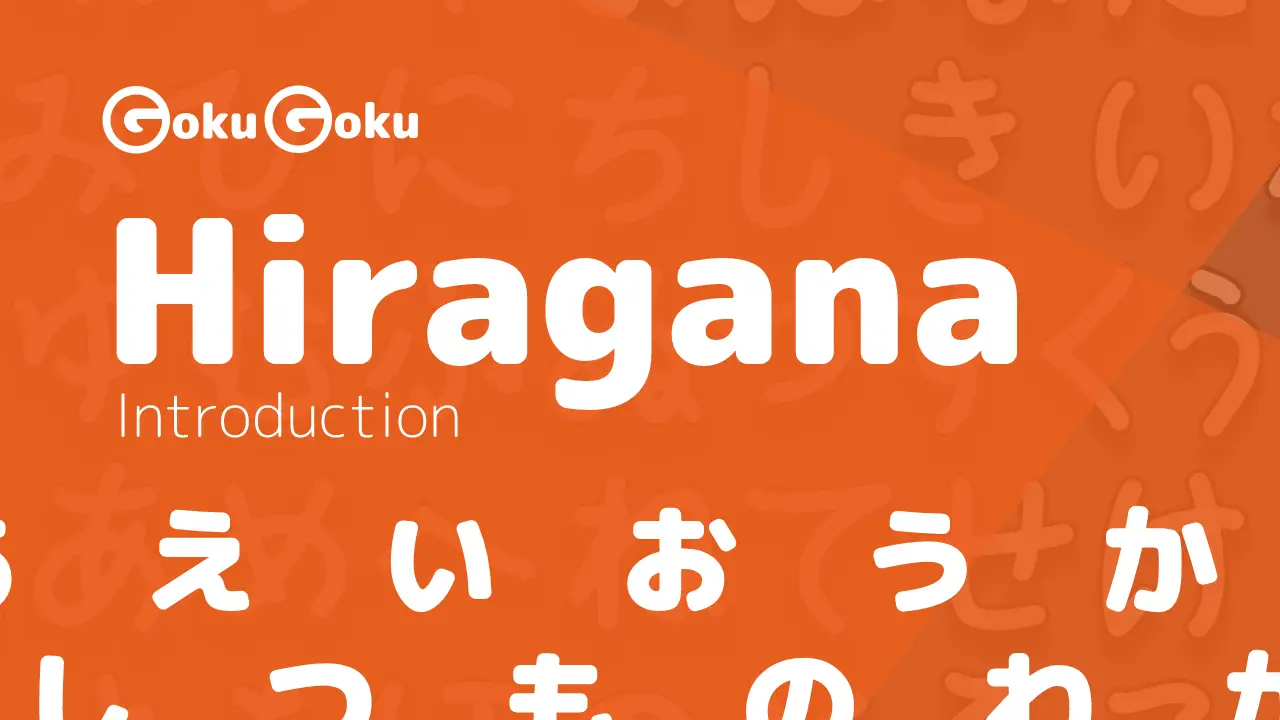The particle し (shi) is used to list a list of reasons. The use of し suggests that the indicated list is incomplete, meaning that the reasons proposed are just some of those that actually exist.
Particle し is very similar to particle や, since, like や, し also indicates a non-exhaustive list.
The particle や follows nouns only, unlike し
The use of し is also comparable to the function of some other particles, such as:
「と」: Indicates an exhaustive list
「と か」: Literally translated as
things like ...「や」: Indicates a non-exhaustive list
「から」 and 「ので」: States only one reason
The particle し is also often compared with the te form (て), as the translation for both can be (A) and (B) and (C) ... .
There is also the conjugation たり for the same purpose, used specifically with verbs.
In this post we go to see the various uses of the particle し, and what is the difference between し and the other forms listed above.
How to use the particle し in Japanese
The particle し can be added after verbs, adjectives, and nouns. Since し lists a number of reasons, very often there are multiple し particles within the same sentence, one after each listed reason.
The particle し to say "(A) and (B)"
The most common translation for the particle し is simply the conjunction and. Since し indicates a list of reasons, the translation of the sentence becomes (Reason A) and (Reason B) and ....
It is possible to find even a single し particle in a sentence. In this case, the speaker wants to point out and emphasize one reason, and leave other possibilities open
Let's see a simple example of this use of the particle し:
彼は掃除ができるし、料理も作れるし、結婚してよかった。
He is able to clean and even cook. I'm glad I married him.
In this sentence, the two reasons expressed are both followed by the particle し:
掃除ができる し:
he is able to clean料理も作れる し:
he is also able to cook
These reasons are two of many why the speaker is happy to have married him. The use of the particle し implies the fact that there are other reasons, and that those indicated are just two particular examples.
A single particle し in a sentence
As mentioned, sometimes it is possible to find only one particle し in a sentence. In this case we want to emphasize a single reason, even if there are others.
It is also possible to omit し at the end of the sentence, causing only one use of the particle し to appear.
Let's also see an example here:
彼の体は大きいし、力も強い。
His body is big and he is also strong.
The particle し to indicate contrast
You can use the particle し to list two conflicting reasons. This use of し always translates as the conjunction and, but this time in its meaning of and also ... or also but ... .
Let's see a simple example to understand this meaning:
遊びに行きたいし、宿題はしなくてはいけないし、どうしよう。
I want to go play, but I also have to do my homework. What can I do!
In this example し shows contrast between two possible actions.
The particle し to indicate the reason for a conclusion
The reason or reasons listed by the particle し also allow to motivate a conclusion at the end of the sentence. Again, each reason is followed by し, and at the end of the sentence we find the conclusion.
雨が降っているし、もう帰ります。
It's raining, so I'm going home.
You can also replace し with から or ので to indicate a reason. In this situation, the use of し is more colloquial
If we have more than a particle し in the same sentence, we can replace the last し with から or ので
Difference between the particle し and から / ので
The particle し, as opposed to から and ので, allows you to list multiple reasons in a single sentence. から and ので instead are generally used when there is only one reason.
The particle し at the end of the sentence
Finally, it is also possible to find し at the end of the sentence. This usage is to indicate a (colloquial) conclusion or exclamation. Let's see an example here too:
そんなこと言ってないし!
I'm not saying anything like that, you know how it is!
The particle し is used here colloquially and literally translates the addition of you know how.
Difference of the particle し with the form in you (て)
Using the te form can be translated with the conjunction and, similar to the particle し.
The main differences between し and て are:
し indicates a non-exhaustive list of reasons, and implies that there are other reasons not indicated
The use of て implies a temporal order of the actions, in the order in which they are indicated, as opposed to し
Let's see an example to compare し and て:
秋葉原に行ったし、原宿にも行った。
I went to Akihabara and also to Harajuku.
秋葉原に行って、原宿に行った。
I went to Akihabara and then to Harajuku.
In the first sentence with the particle し we indicate only some of the things we have done, without any specific order. In the second sentence with て instead we indicate that first I went to Akihabara and then to Harajuku. There is therefore a temporal order in the actions indicated.
Similar grammar points in Japanese 📚
~ていく
~ていく (teiku) Meaning Japanese Grammar - Keep Doing
てよかった
てよかった (te yokatta) Meaning Japanese Grammar - I'm Glad That...
それでもいい
それでもいい (soredemoii) Meaning Japanese Grammar - It's Fine
それでも
それでも (sore demo) Meaning Japanese Grammar - Still
させられる・せられる
させられる・せられる (saserareru serareru) Meaning Japanese Grammar - To Be Made To Do Something
ないで
ないで (naide) Meaning Japanese Grammar - Without Doing

